| By Thomas Brett |
Introduction:
Believe it or not, spending huge amounts of time on a mix doesn’t guarantee good results. In fact, a lot of the greatest engineers are actually the ones who work the fastest!
On that bombshell…
Here Are 10 Quick-Tips That Will Speed Up Your Mixing Process And Set You Well On Your Way Towards Becoming A Master Mixer Yourself:
1 – Create Mix Templates & Plugin Presets!
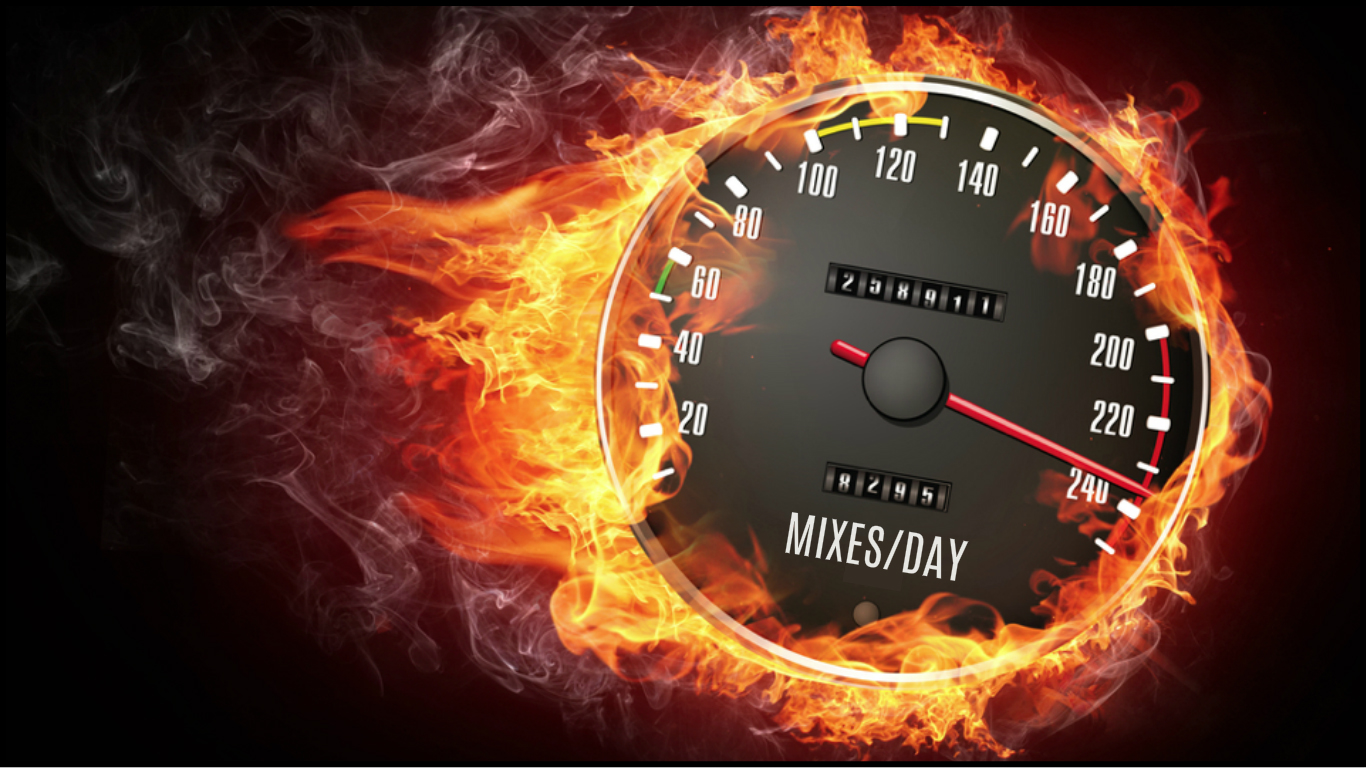
VIDEO: During his NailTheMix masterclass a few months back, 14-time-chart-topping “speed-mixer” Billy Decker explained and demonstrated his exact approach to using templates while powering through FIVE songs in a single sitting. Here’s a short excerpt from the course:
2 – EQ By Gut, Not By Numbers!

Don’t get too caught up with super-specific frequencies or exact compressor settings while mixing, otherwise you’ll only end up digging yourself into a pit of overthinking every decision.
Instead, quickly assess the most obvious issues in each sound by actually using your ears, then make quick, broad, musical moves to address each problem in the simplest way possible.
NOTE: Check out my “Are You Overthinking EQ?” URM article for some great advice on equalisation, and how to prevent it from ruining your mixes!
3 – Keep Your Ears Fresh! (Take Regular Breaks)

Mixing is all about mental reference points. Before you can determine whether something is “bright” or “dark”, you first need to ask the question “compared to what?”.
The problem is, the accuracy of your sonic reference points can start to skew as your ears slowly become fatigued.
Ex: Something which sounded blatantly dark and muddy when you first sat down to mix, might start sounding “all right” after a few hours of blasting your speakers. (As your ears have falsely acclimatized to what they’re hearing)
“The first listen of the day is the most honest one.” – Me, 2018
Preventing ear fatigue – and the unavoidable shift in perspective that comes with it – is actually really simple: DON’T MONITOR TOO LOUDLY, AND TAKE REGULAR BREAKS WHILE MIXING!
4 – Bake-It-In At The Source!
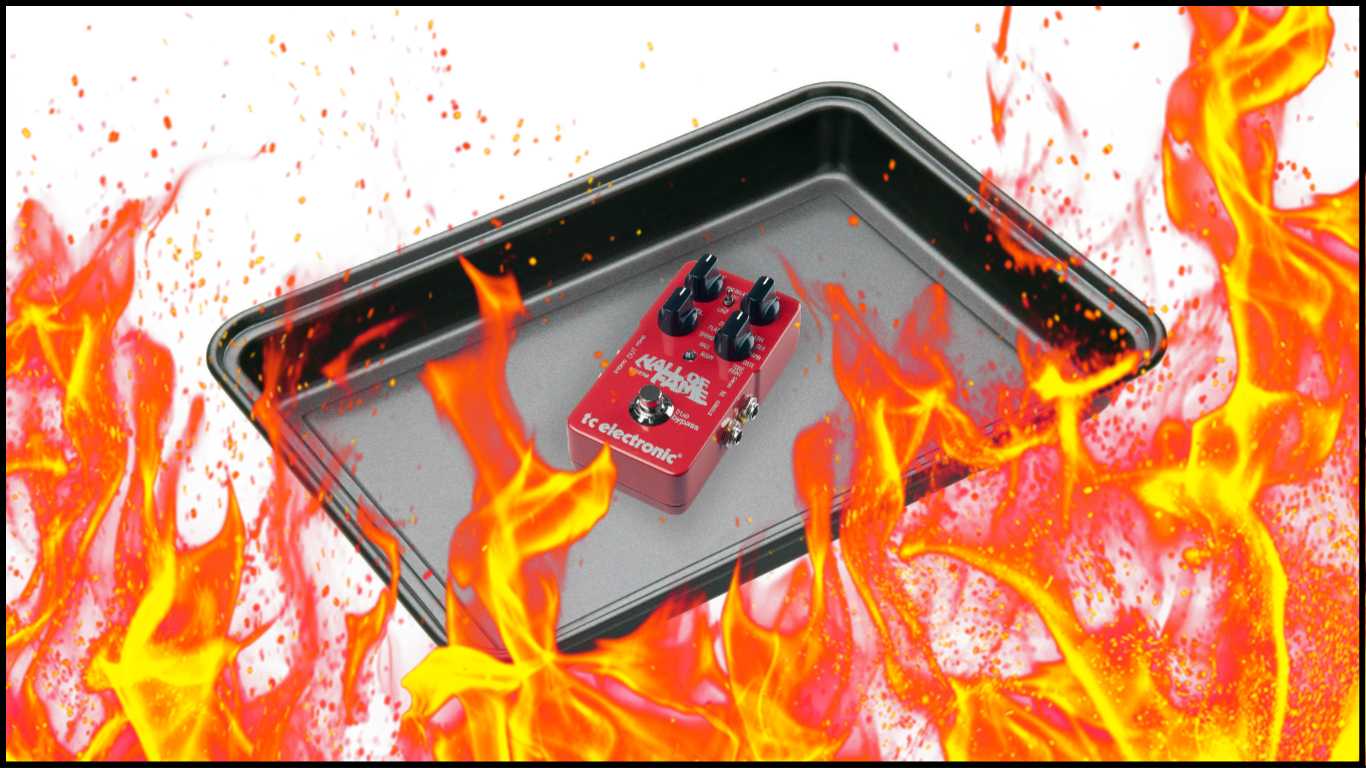
Fun Fact: Did you know that Black Sabbath’s groundbreaking albums “Black Sabbath” and “Paranoid” were fully recorded and mixed in a matter of 2-3 days?!?!
Oh how times have changed… Back in the 70s, bands would just rock up to the studio with their material, dial-in some sounds they thought were cool, and quickly bash out their songs live to-tape!
“Make it so you like it, cause if you like it, they’ll like it.” – Chris Lord Alge
When recording a song, if you always choose to play it safe and delay all of the important tonal decisions until later on, then when the time comes to mix, you won’t actually be doing any mixing, you’ll be spending hours upon hours obsessing over getting the sounds which you should have finalised ages ago!
Take some risks while recording. If something is technically “wrong” or “imperfect”, but sounds great, then screw it – DO IT ANYWAY!
5 – Commit As You Go!
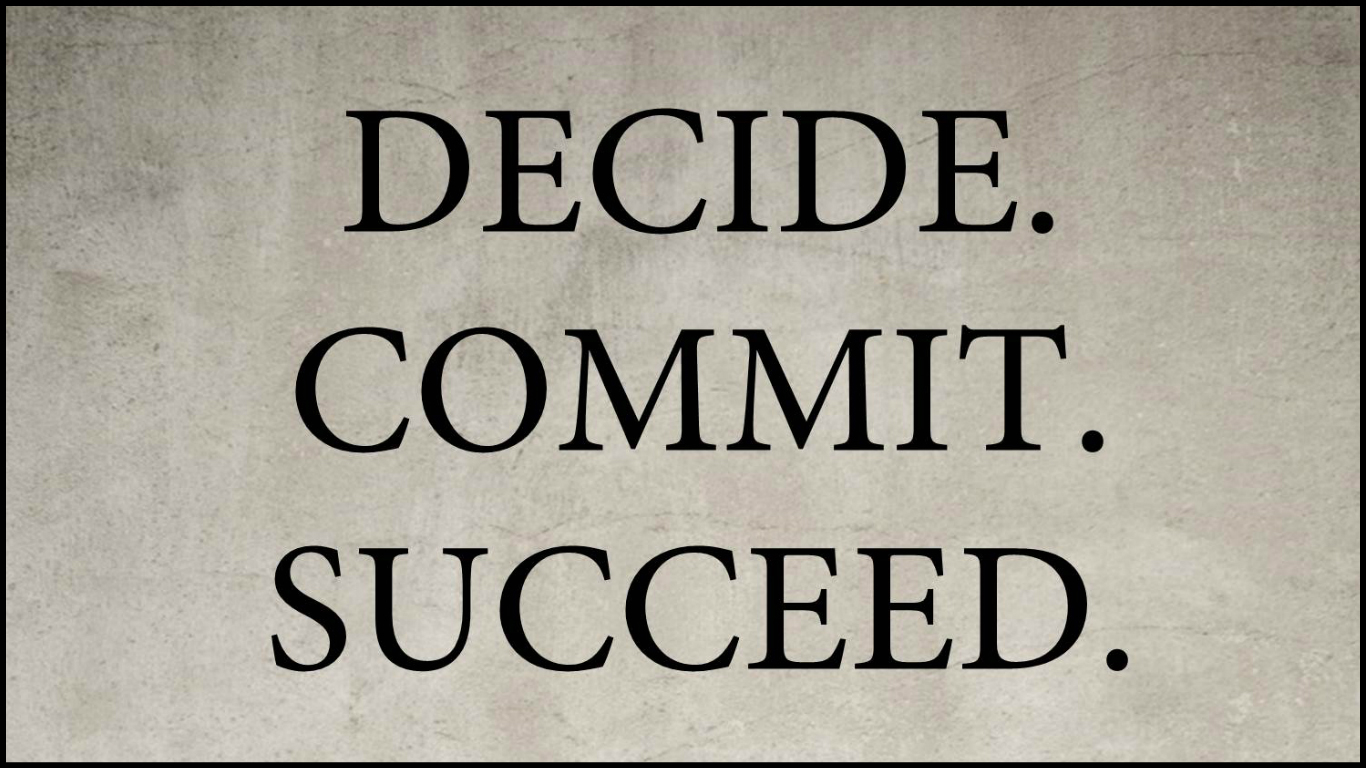
A simple, yet really effective method of preventing yourself from going back to re-do things over-and-over again while mixing is to render/bounce-down your sounds as you go.
Take amp sims for instance:
I personally find that if I have the option to go back and tweak my raw tones every five minutes with a “what if?” mentality, I usually will… (Even if I really loved them to begin with!)
My preventative solution? – As soon as I’m really digging the way a tone sounds, I’ll commit to it 100% by rendering the channel and removing the DI from the session. This way, I’m getting rid of the temptation to keep on messing with it, and can instead shift my focus towards more important things than whether the gain knob sounded better set at 69% or 70%…
6 – Mix Into Your Mastering Chain!
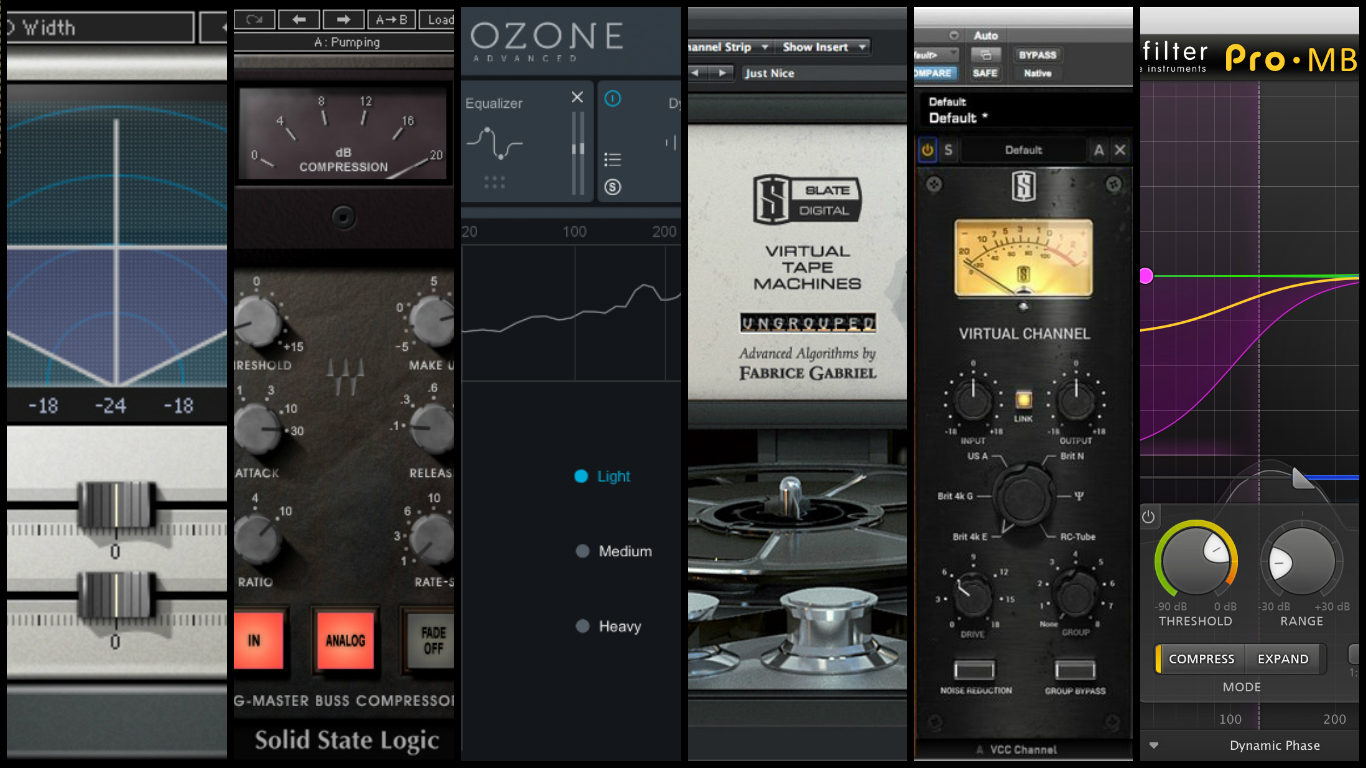
Imagine you’ve spent several hours getting a mix to be exactly the way you want. Why would you then go and throw a truckload (or a “bus” load…) of additional processing across the whole thing and risk ruining your entire balance?
This Is Where Top-Down Mixing Comes Into Play:
NOTE: Never heard of “Top-Down” mixing before? Check out my “Top-Down Mixing (ft. Emmure)” URM article from a few months back for an in-depth guide on this awesome technique!
Simply put: Top-down mixing is when you apply some general “mastering-esque” processing across your 2-buss at the very beginning of your mix in order to start with a more “finished” sound, while also emulating the effects that mastering will have on your track.
By adopting this workflow from the get-go, and mixing each instrument to sound as good a possible in-spite of any mix-buss limiting & compression we might have going on, we’re effectively able to counteract the negative effects that after-the-fact mastering would have had on our transients, resulting in a much punchier final mix.
7 – Invest In A Channelstrip Plugin!
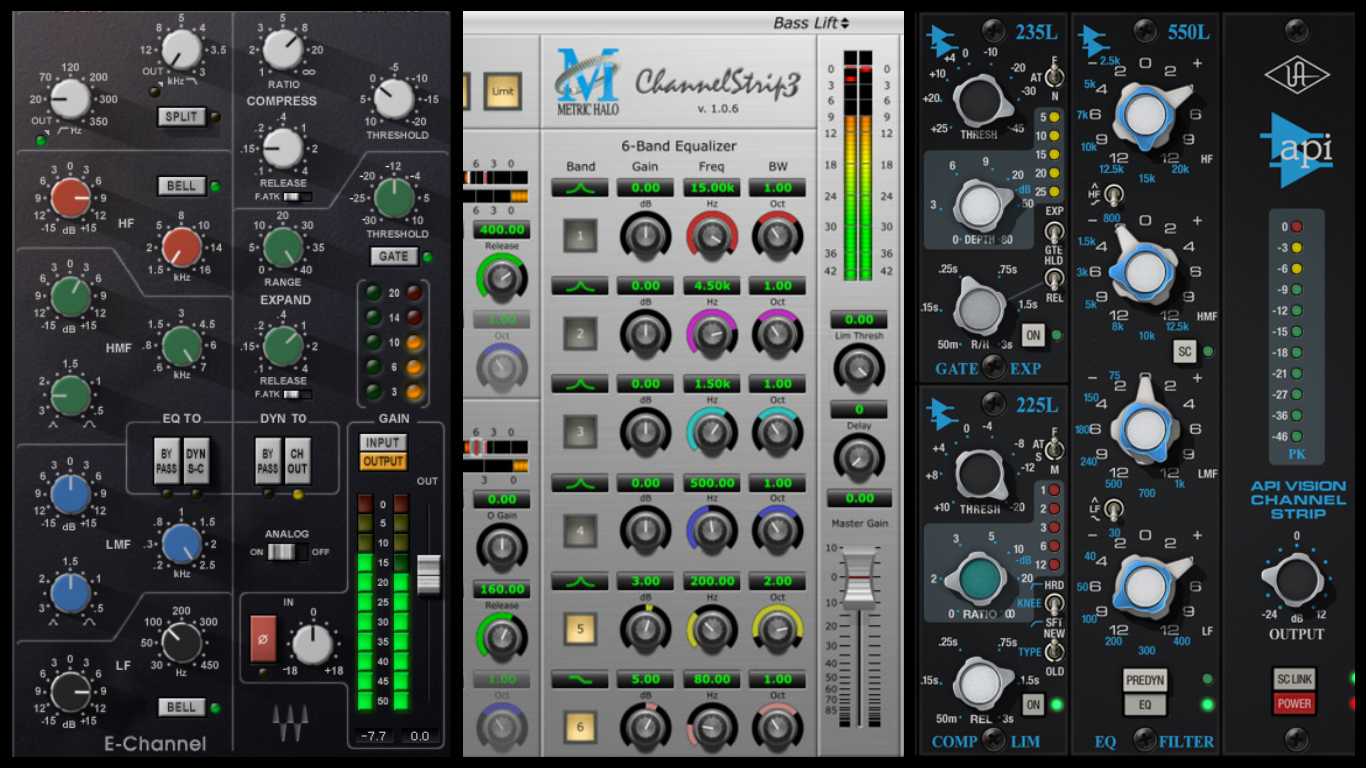
Owning a lot of plugins won’t make you a better mixer. On the contrary… Having too many fancy tools at your disposal can often cause more harm than good!
The biggest problem with buying a bunch of shiny new toys when you first start out as mixer is the temptation to use EVERY. SINGLE. ONE OF THEM.
Just because you can use infinite bands of varying “character” EQ and 12 different flavours of compression on a single instrument doesn’t mean you should…
All-in-one processing suites such as the Waves SSL E-Channel and Metric Halo Channelstrip are the perfect solution to this problem, as they prevent you from over-processing things, and teach you to do more with less.
NOTE: Don’t think a single channelstrip is enough to achieve a great mix? Just watch pretty much any our previous NailTheMix masterclasses… If industry pros like Henrik Udd, Kyle Black, Billy Decker and Andrew Wade can do it, so can you!
8 – Combine & Conquer! (Use Buss Processing)
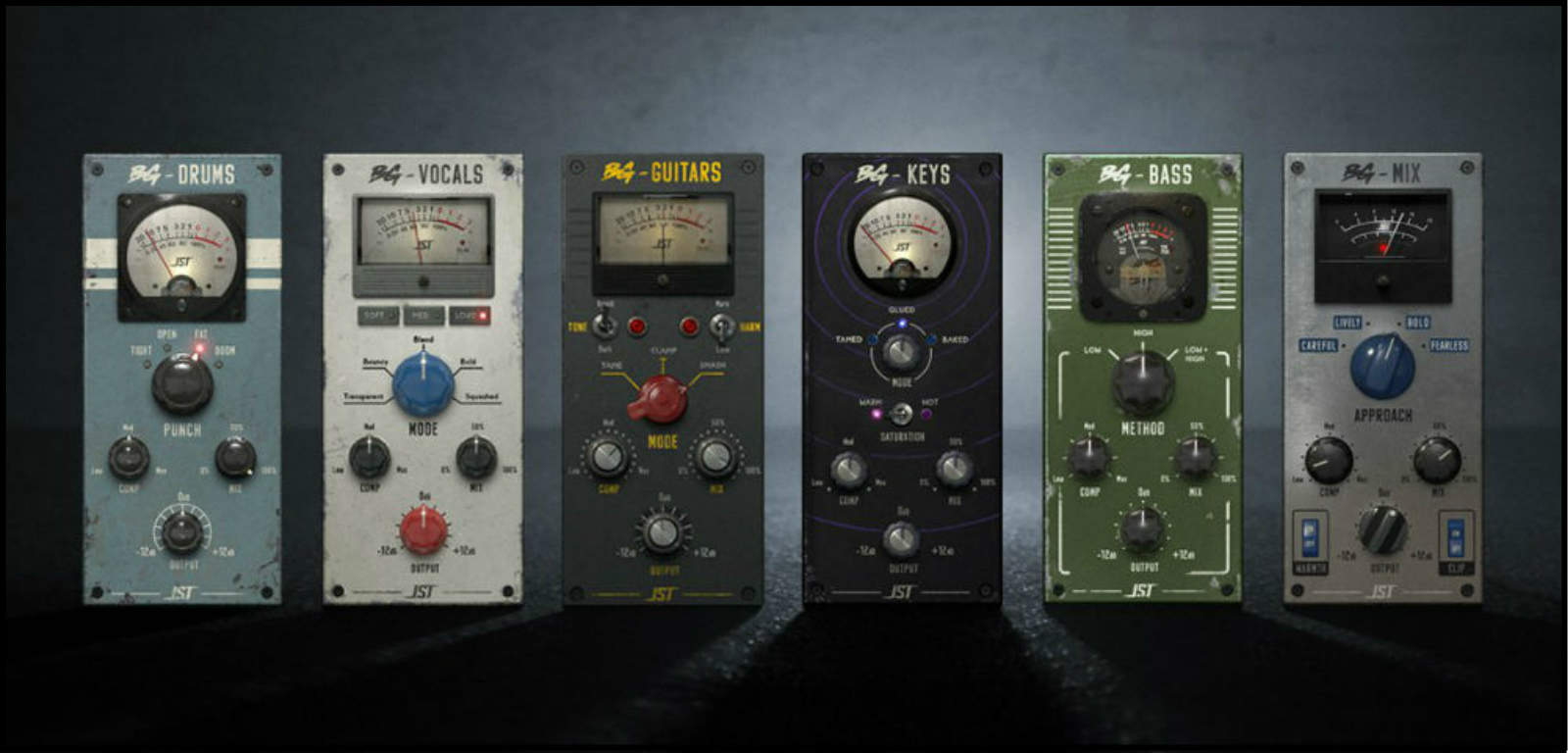
Similar musical elements within the same mix will often require a level of similar processing.
Take backing vocals for instance: If all of your vocal layers in a track were recorded through the same microphone/preamp chain, by the same singer, in the same room, on the same day, why would waste your precious time and CPU allocation on EQ’ing and Compressing each one of them separately…?
A better solution is to simply buss all of them together in one place and process them as a single, tightly-knit stereo unit! This way, you have far fewer plugins cluttering up your session, and can prevent yourself from wasting time micromanaging every single sound individually.
NOTE: The new “Bus Glue” series of plugins from Joey Sturgis Tones are a great set of tools designed around this exact purpose. Check them out HERE (Bus Glue – Joey Sturgis Edition), and HERE (Bus Glue – Joel Wanasek Edition).
9 – Take The “Hands On” Approach! (Consider Getting A Control Surface…)
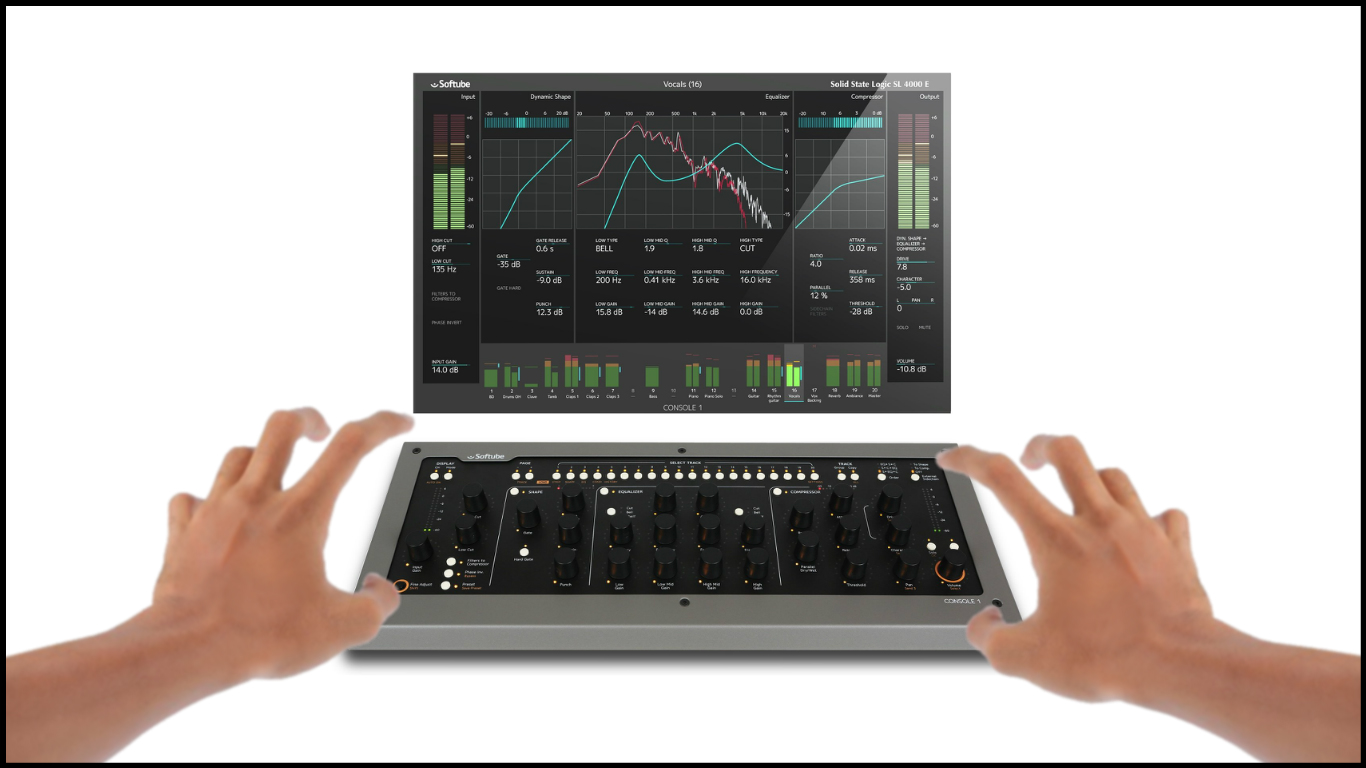
Q – How do top engineers like Chris Lord-Alge, Andy Wallace and Randy Staub manage to pump out their mixes in such a short period of time?
A – Because they’re working on a console, not a mouse and keyboard!
Don’t get me wrong, of course it’s possible to create a great mix using a regular computer interface. But you can’t deny that having to drag a mouse pointer is much more finicky and tedious than being able to quickly reach for some knobs and make several instant tweaks simultaneously…
At this point you’re probably thinking:
“Sure, but it’s not like a have a few-hundred-thousand-$ spare lying around to splash out on an SSL console!?!?”
FRET NOT!
There’s a new and exciting alternative on the market which will give you access to the awesome sound & feel of a great analog mixing desk for less than $500!
VIDEO: Meet the Softube Console 1!
10 – CONCLUSION – DON’T OVERTHINK IT!

Remember: Your average listener couldn’t care less about most of the minor technical things you tend to obsess about on a daily basis… They just want to hear a bangin’ song that makes them feel great!
Enough said…
Final Words:
This concludes “10 Quick Tips For A Quick Mix”. I hope that this article has given you some new ideas to try out during your next project. Be sure to comment below if any of this information has helped you out, or if you have any questions.
Stay tuned for more production/mixing related articles in the not-so-distant future!
Thomas Brett is a producer, mixing engineer and songwriter at Brett Brothers recording studio in the UK. Check out the Brett Brothers studio website for more information and articles on all things mixing www.brettbrothersstudio.com
Want mix tips from Thomas Brett? Read them here!
 Nail The Mix is our online mixing school that gives you REAL multi-tracks from REAL bands, plus a mixing class from the producer who recorded it. Past guests include Periphery, Chelsea Grin, Machine Head and State Champs. Join now for instant access!
Nail The Mix is our online mixing school that gives you REAL multi-tracks from REAL bands, plus a mixing class from the producer who recorded it. Past guests include Periphery, Chelsea Grin, Machine Head and State Champs. Join now for instant access!
